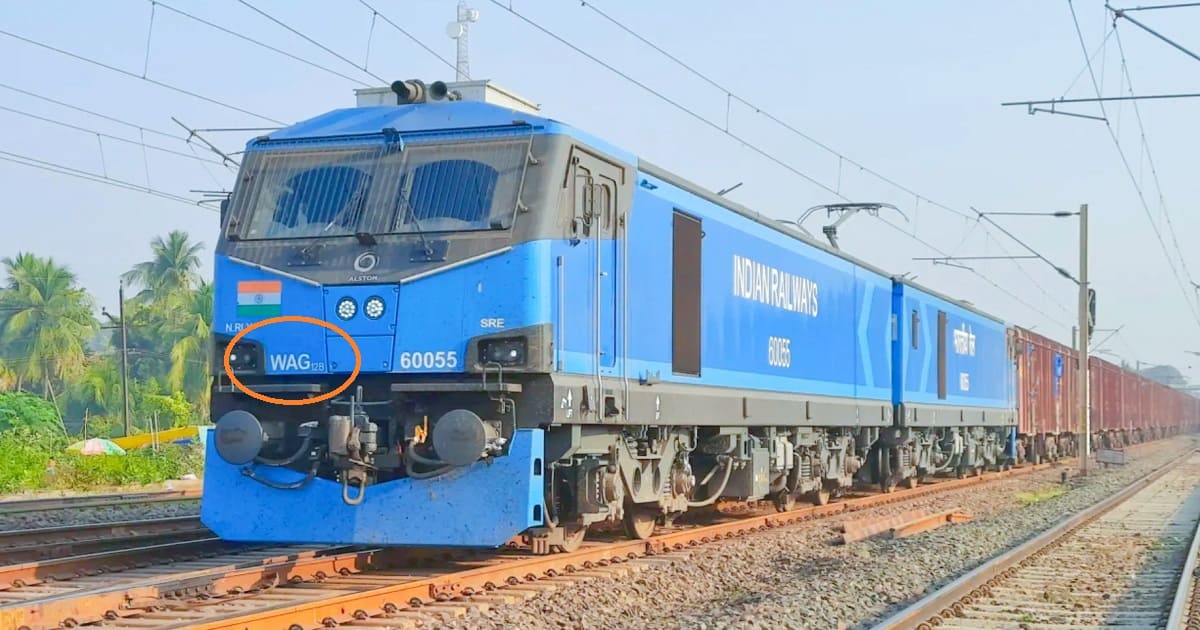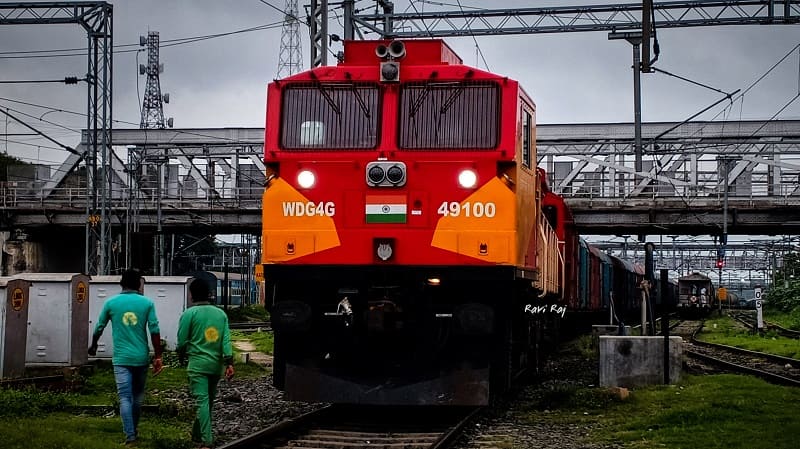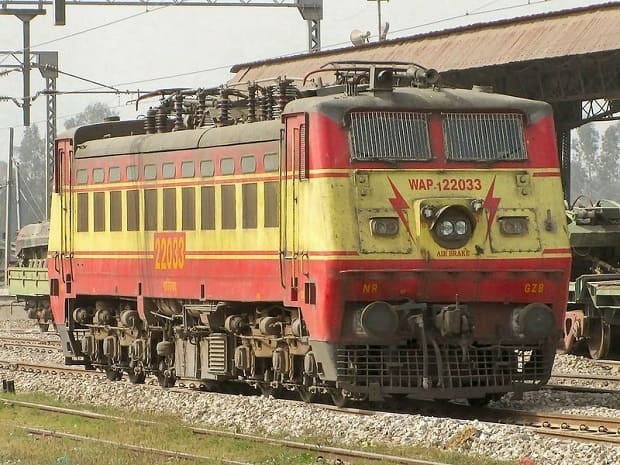
It goes without saying that trains are the lifeline of India. While traveling in the country, trains are one of the most convenient and best modes of transport. It offers you a lot of space, comfort, and an experience of fun. Indian railways always make sure on providing its passengers with the best quality of service, comfort, efficiency, and speed.
We bet that you must have traveled via train at least once in your life. However, during your journey, have you ever come across several letters, numbers, signs, and signals written on trains as well as put up on platforms? Terms like WAG, WAP, WDM?
ADVERTISEMENT
If you have always been curious about the meaning of such terms but are unaware of them then fret not. Read on to enlighten yourself.
Plenty of locomotive trains and train engines are inscribed with terms like WAG, WAP, WDM, WAM, etc.
If you are an eccentric person and curious observer you must have witnessed train engines inscribed with terms like WAG, WAP, WDM, and whatnot. These terms are actually some special codes that not everyone is well aware of. Let us try and understand what they mean in reality.
The first letter of these codes, meaning ‘W’ basically stands for the gauge of the railway tracks which is five feet. ‘A’ and ‘D‘ stands for the engine’s power. While ‘A’ signifies the source of the engine’s power is electricity, ‘D’ implies that the train runs on diesel.
Moving ahead, these codes also have alphabets like ‘P,’ G,’ ‘M,’ and ‘S’. These alphabets signify what is the type of train. For example, ‘P’ stands for the passenger train, and ‘G’ stands for the goods train. Meanwhile ‘M’ is used for mixed purposes and ‘S’ stands for shunting.
ADVERTISEMENT

Let us try and decode these interesting engine codes
Now that we are well aware of what each alphabet stands for it is time we decode the meaning of these interesting engine codes. The code WAG written on train engines basically means trains that run on wide gauge tracks and is an AC motive power engine, used for pulling goods trains. Just like that when you come across trains with code WAP written on their engine you should immediately decipher it as a train that runs on wide gauge tracks and runs on AC motive power and pulls a passenger train.
Moving ahead, if you find train engines where the code WAM is inscribed it should not take much of your time to know that these are the train that runs on wide-gauge tracks. It is an AC motive power engine used for pulling both passenger and goods train. Last but not least the WAS code written on train engines signifies that they are AC motive power engines and run on wide gauge tracks. Their use is for shunting purposes.

We hope that this information was useful in some ways for you. What are your thoughts about these interesting codes? Do not forget to tell us via the comments below.
ADVERTISEMENT











